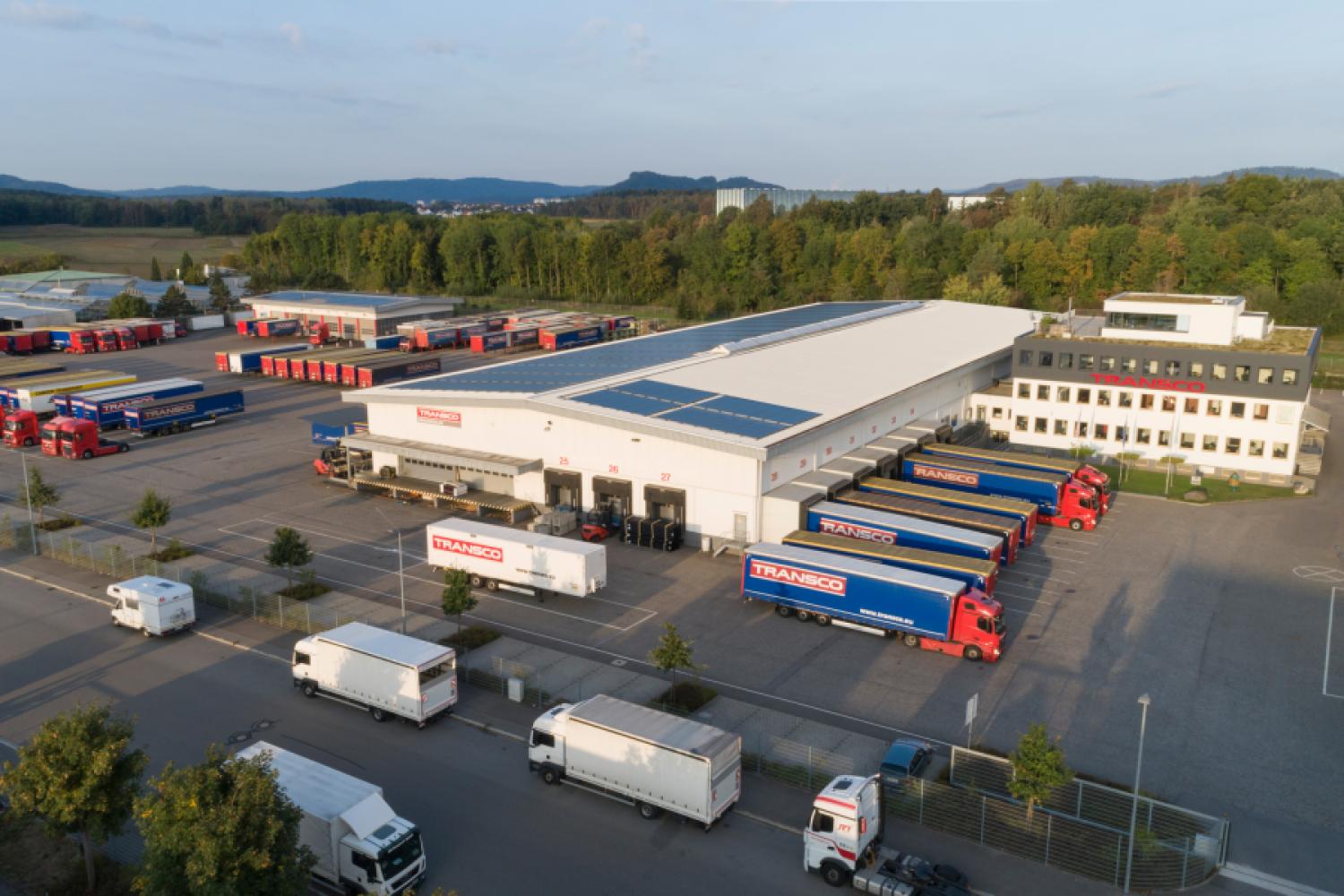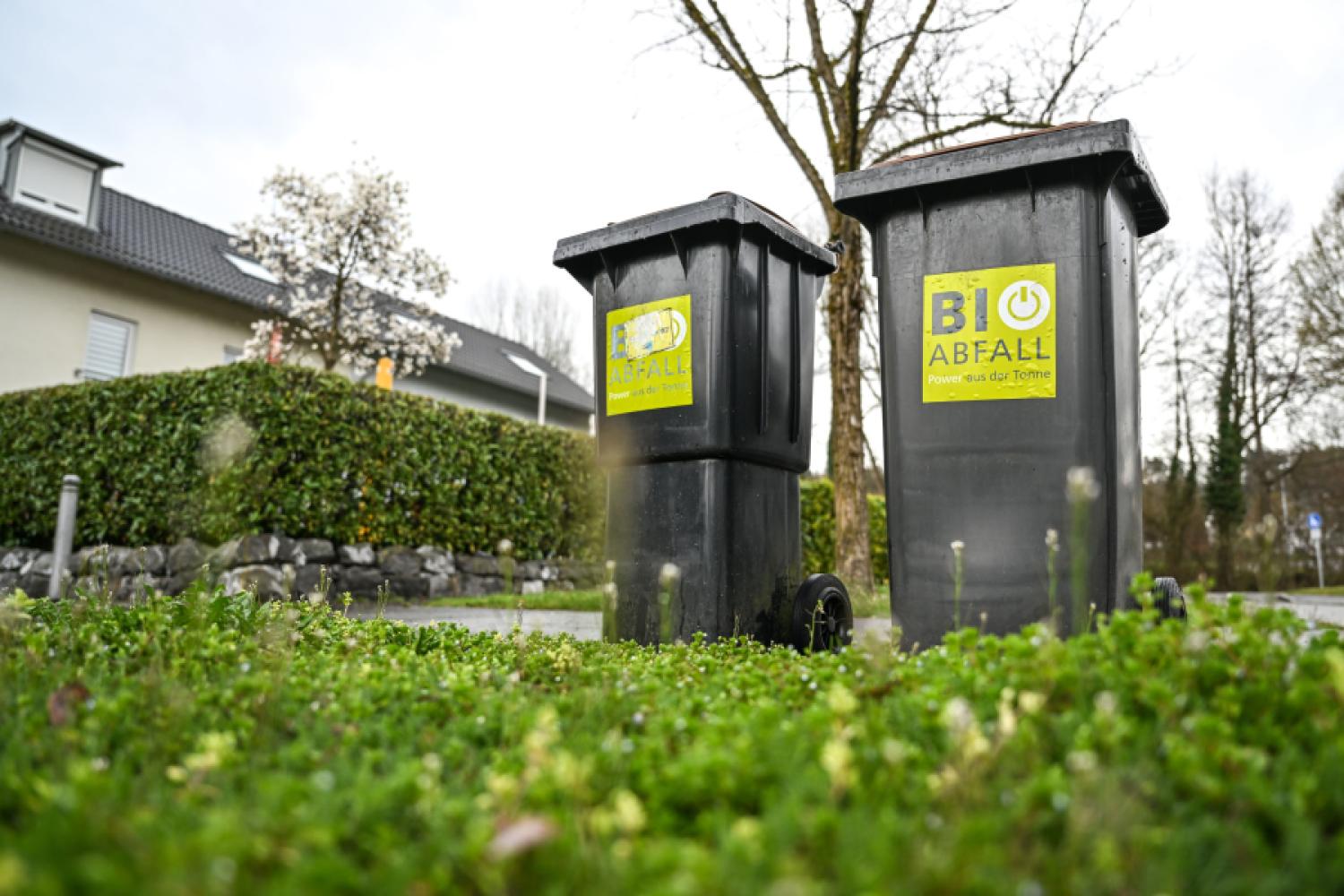At its innovation event held on May 6 and 7 in Dortmund, Amazon introduced a robot that, according to the company, is neither insensitive nor dumb. "Vulcan" is based on advances in robotics, engineering, and physical AI. It is Amazon's first robot with a sense of touch.
The typical robot is "insensitive and dumb," says Aaron Parness, Director of Robotics AI at Amazon, especially those that work in commercial environments. "In the past, industrial robots would either make an emergency stop or destroy the object when they encountered unexpected touches. Often, they don't even realize they have touched something because they cannot feel it."
Vulcan now represents a fundamental advancement in robotics, Parness further explains. "He not only sees the world, he feels it – enabling capabilities that were previously impossible for robots." The robot is already transforming workflows in logistics centers by making the work of employees safer and easier while also allowing for more efficient processing of Amazon customers' orders, according to Amazon.
"By working with Vulcan, we can easily store and retrieve products and make workplaces more ergonomic and safer," says Kari Freitas Hardy, a logistics employee at a logistics center in Spokane, Washington (USA).
Arm-End Tool
with a Sense of Touch
Vulcan is not Amazon's first robot capable of moving objects. According to the company, the systems "Sparrow," "Cardinal," and "Robin" use computer vision and suction cups to move individual products or packages that have been packed by human employees. "Proteus," "Titan," and "Hercules" lift and transport carts in Amazon logistics centers. However, with its sense of touch – its ability to understand when and how it comes into contact with an object – Vulcan opens up new possibilities for improving workflows and facilities.
In its own logistics centers, Amazon claims to improve efficiency by storing products in fabric-lined bins that are divided into approximately 30 cm large compartments, each capable of holding an average of up to ten items. Placing or removing an item from these full compartments has been a challenge for robots lacking the natural dexterity of humans.
According to Amazon, Vulcan is its first robot capable of delivering the required finesse. Vulcan can easily grasp and move objects in these compartments to make room for what he needs to store. He "knows" when he makes contact and how much force to apply, thus avoiding damage. While a human does this with mobile
thumbs and fingers full of sensory receptors, Vulcan uses an "arm-end tool." This tool resembles a ruler glued to a flat iron. Additionally, he uses force feedback sensors that tell him how hard he is pressing or how tightly he is holding something, staying below the damage-causing threshold.
The ruler part pushes the items already in the compartments aside to make room for the new items. The flat iron arms (the "paddles") securely hold the item to be added, adjust their grip strength according to the size and shape of the item, and then use built-in conveyor belts to push it into the container.
To retrieve items from these containers, Vulcan uses an arm equipped with a camera and a suction cup. The camera looks into the compartment and selects the item to be retrieved and the best spot for gripping. While the suction cup grips the item, the camera checks whether the right item has been taken, thus avoiding the risk known to Amazon engineers as "co-picking non-target items."
With these capabilities, Vulcan currently manages to handle about three-quarters of the millions of products offered by the company and moves the inventory at a speed comparable to that of
human employees, according to Amazon. He is also smart enough to recognize when he cannot move a certain item and can ask a human partner for help.
Robots Intended to Relieve Employees
According to a press release, Vulcan is already in use in Amazon's logistics centers in Spokane, Washington, and in Winsen near Hamburg, Germany. The robot, according to Amazon, picks and stores goods in the top rows of warehouse shelves. Since these rows are about 2.5 meters high, employees usually have to use a step ladder to reach them. This is time-consuming, strenuous, and less ergonomic than storing and picking at waist height. Vulcan also processes items stored directly above the ground so that employees can work where it is most comfortable for them.
"Vulcan works with our employees. The combination of humans and robots is better than either alone," says Parness.
This application of Vulcan's capabilities is just the latest example of how Amazon develops and deploys this type of technology, according to the press release. In the last twelve years, Amazon has deployed more than 750,000 robots in logistics centers. All are designed to help employees work safely and efficiently by taking over physically demanding parts of






